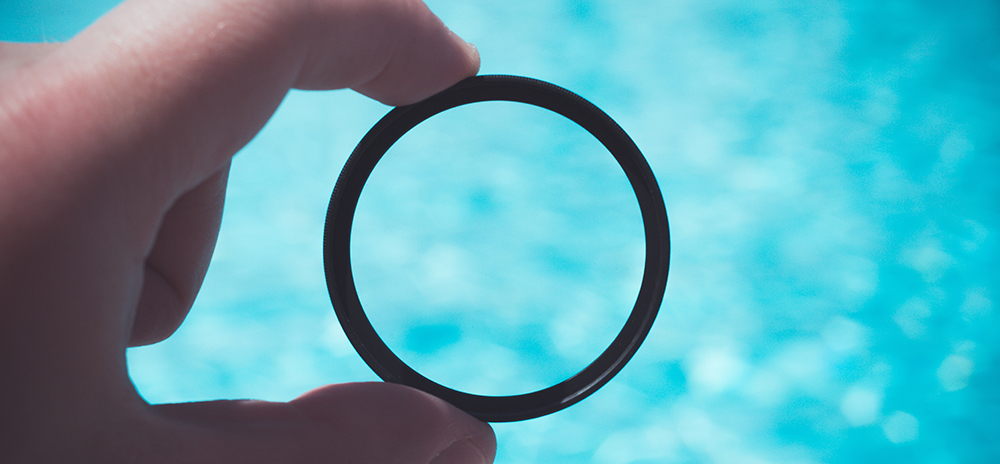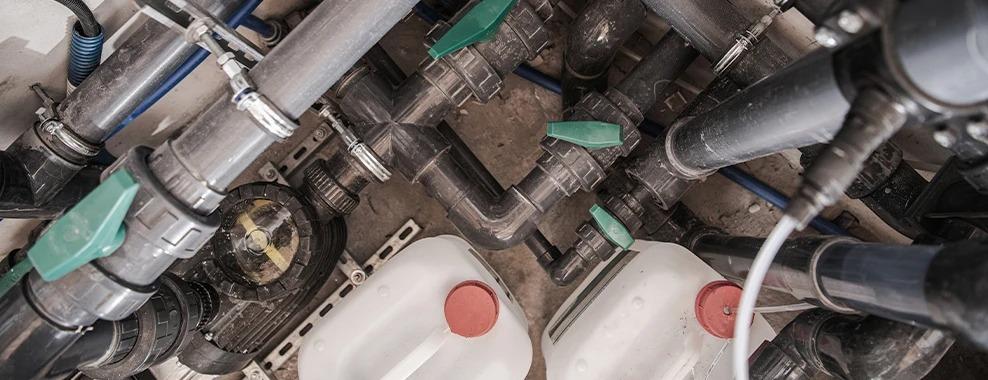Technical Articles

Symptoms:
Smell of chlorine coming from the tap or shower. Dry, itchy, irritated skin, hair and burning eyes. Vegetables may not be as green, and along with other foods may have a strange taste. Plants and gardens can be adversely affected and plumbing parts that are rubber can leak.
Causes:
Municipalities add chlorine to the water to prevent waterborne diseases such as chloera, typhoid and the like. However, chlorine reacts with organics in the water to form disinfection by-products (DBP) such as trihalomethanes (THM). Once the water arrives at your home, the chlorine has done its job. You don't need it or the DBP's anymore.
Health Concerns:
The DBP's are frequently carcinogenic (cancer-causing) and are linked to developmental disorders, liver and kidney problems and respiratory problems. Chlorine is not just ingested, but is absorbed through the skin and inhaled during showering.
Action Level:
Any residual is undesirable.
More Information:

Before the beginning of the Twentieth Century, two of leading causes of death in this country were cholera and typhoid, both waterborne diseases. When municipalities started chlorination, these diseases were virtually wiped-out. With cholera and typhoid, you were dead in a matter of days. Now, we find out that exposure to chlorinated water and it's disinfection by-products over a number of years can cause cancer.
Chlorine is an oxidizer which is commonly used to reduce organic matter or disinfect water by municipalities. Once the water has been disinfected and arrives in your home, there is no further need for the chemical, and prolonged contact can be detrimental, according to many experts.
Chlorine is objectionable for bathing and drinking in concentrations as low as .5 PPM. A swimming pool may be 2.0 to 3.0 PPM. According to the EPA, chlorine combines with organics in the water to form THM’s (trihalomethanes) which are known carcinogens.
“Showering is suspected as the primary cause of elevated levels of chloroform in nearly every home because of the chlorine in the water.” - DR. LANCE WALLACE - U.S.E.P.A.
“A long hot shower can be dangerous. The toxic chemicals are inhaled in high concentrations.” - Dr. John Andelman - BOTTOM LINE
“Skin absorption of contaminant has been underestimated and ingestion may not constitute the sole or even primary route of exposure.” - Dr. Halina Brown - AMERICAN JOURNAL OF PUBLIC HEALTH
“Showers - and to a lessor extent baths - lead to a greater exposure to toxic chemicals contained in drinking water supplies than does drinking the water.” - Ian Anderson - NEW SCIENTIST
“Drinking chlorinated water may double the risk of bladder cancer, which strikes 400,000 people a year.” - IS YOUR WATER SAFE? - U.S. NEWS & WORLD REPORT
We believe that municipalities do a wonderful job of protecting you and your family by chlorinating the water, but now in the Twenty-first Century, we have the technology available to remove the clorine. After all, drinking chlorinated water is not the primary way you are exposed to it. Inhalation and skin-absorbtion are elimianted as well with a Hybrid water softener or carbon filter.
THE RIGHT SOLUTION FOR YOU
Contact us today for more information about our products and services.
CONTACT US

